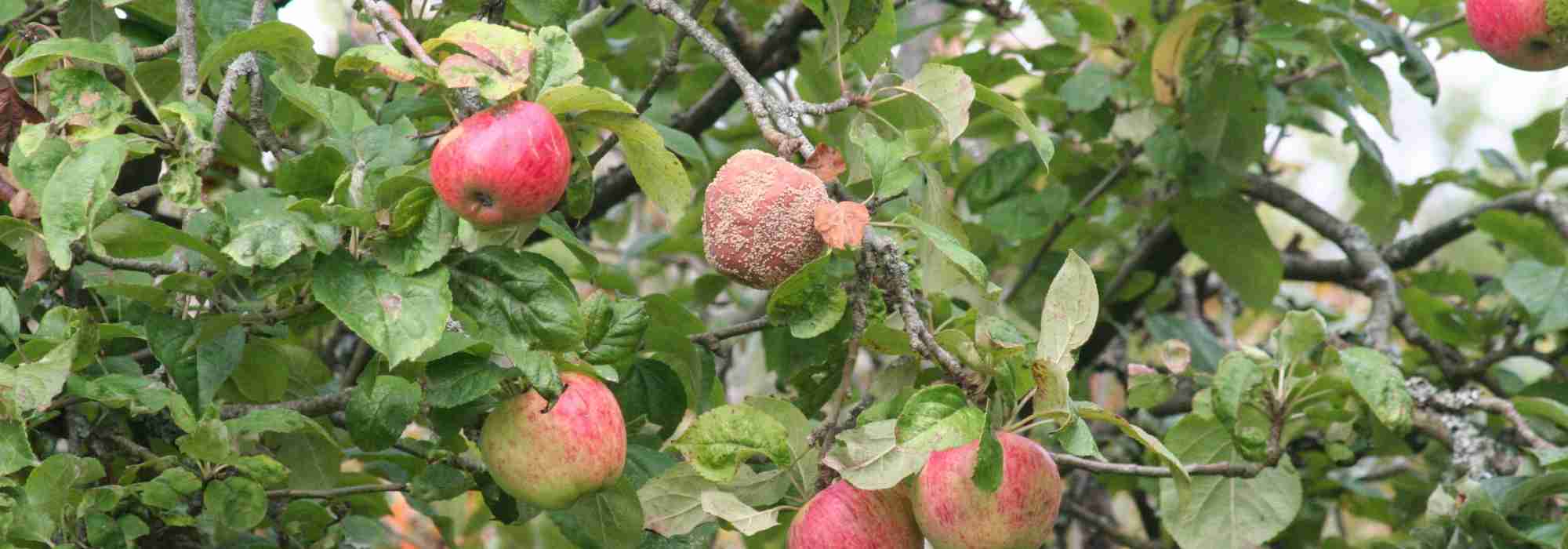
Brown rot of fruit trees
Prevent and treat this disease
Contents
Moniliosis is a disease caused by a fungus, it causes fruit to rot. It can also affect almost every part of a tree, from young shoots to flowers, including underlying twigs.
This disease is common and affects most fruit trees in our regions and even some ornamental bushes. Control consists of single actions to carry out during winter as well as at the start of spring when buds open, because it is essential to act preventively to be effective!
Plants susceptible to brown rot
A good number of stone fruits and pip fruits, of the Rosaceae family are susceptible to brown rot: apricot trees, almond trees, cherry trees, nectarine trees, peach trees, pear trees, apple trees, plum trees, quince trees…
In ornamental gardens, apple trees, plum trees and flowering cherry trees as well as Japanese quince (Chaenomeles japonica) are also susceptible to this disease.
Read also
Liming fruit treesHow to recognise brown rot?
In winter, the fungus (Monilia fructigena or Molinia laxa) is identified by the presence of cankers on the branches: twigs are dried out and longitudinally-ridged lesions mark the larger branches. Mummified fruits still hang from the twigs.
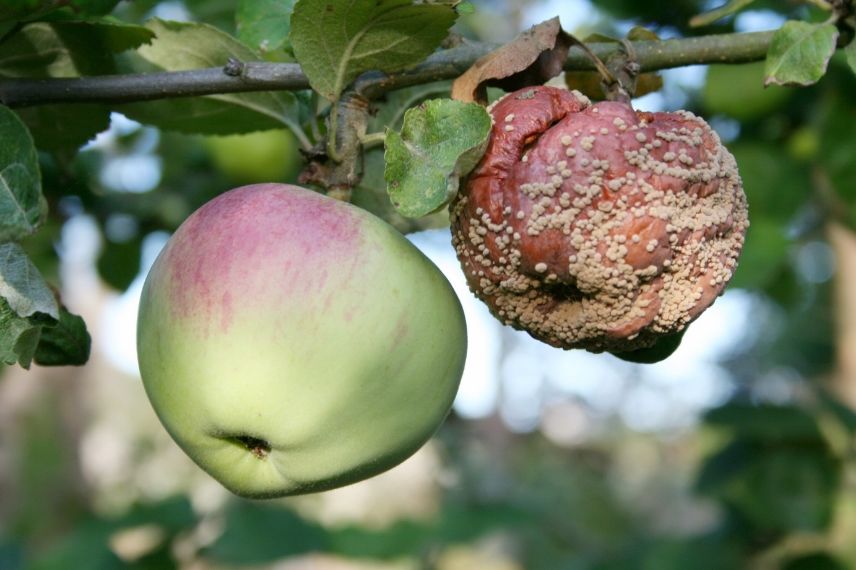
Healthy apple / mummified apple
In season, a second fungus Sclerotinia fructigena or laxa grafts onto the fruit; it is recognisable by its concentric rings of white fuzz associated with a brown rot of the flesh. The fruit eventually blackens, dehydrates and remains attached to the tree like a mummy throughout winter!
Warning, even if fruits seem healthy at harvest, brown rot can appear in the months that follow and destroy your entire stock.
Discover other Fruit trees
View all →Available in 0 sizes
Available in 1 sizes
Available in 1 sizes
Available in 1 sizes
Available in 1 sizes
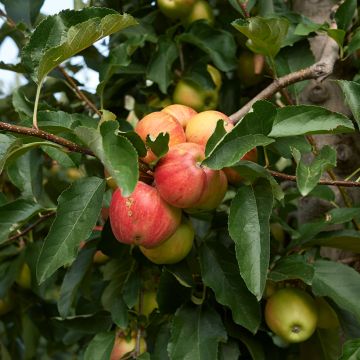
Available in 1 sizes
Available in 1 sizes
Available in 1 sizes
Available in 1 sizes
Available in 1 sizes
How does moniliosis spread?
- In January, the fungus produces fruiting bodies on cankers and mummified fruits remaining on the tree, in the form of small grey cushions releasing spores.
- Carried by wind or insects, these spores infect flowers in March–April especially during wet springs as well as young leafed shoots that wither two weeks after flowering. Young fruits are then infected in May.
- A canker harbouring the overwintering forms of the fungus develops on shoots whose flowers have withered or that bear mummified fruits, thus ensuring the cycle of this parasitic organism.
Damage can be significant on trees that fruit on short shoots or spurs such as cherry, almond and plum, because it causes rapid drying out. This disease is often associated with brown rot and aphid attacks which ultimately severely harm harvest and tree health.
Control and treatment of brown rot (Monilinia)
Here are some tips to control brown rot :
- Make use of winter pruning to remove cankers and damaged or withered shoots. Remove branches bearing mummified fruit. Disinfect pruning shear as often as possible with alcohol or white vinegar (50 ml/l).
- Carefully remove all mummified fruit still hanging from branches as well as those fallen to ground. Avoid putting this waste in compost; better to burn where possible or cover with thick mulch to speed decomposition.
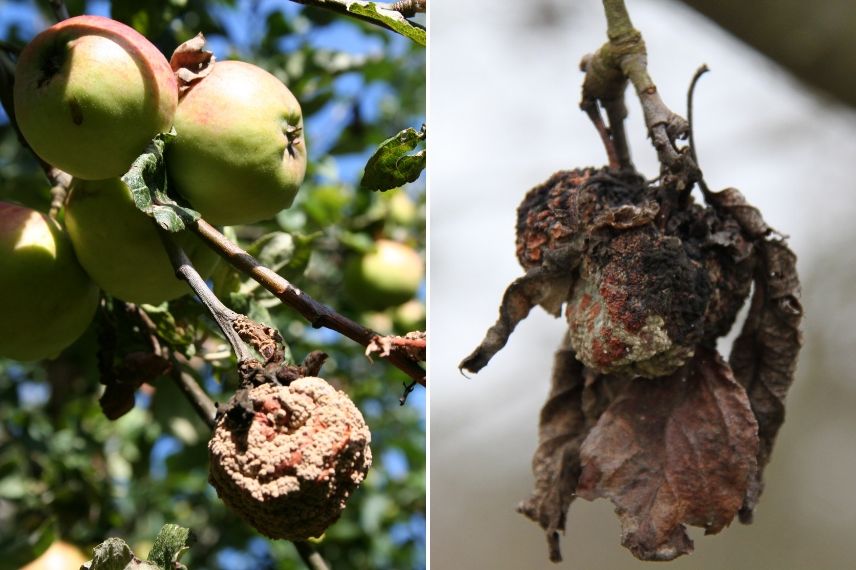
Remove all affected fruit!
- Apply a copper-based fungicidal treatment (Bordeaux mixture, copper oxychloride) at bud burst period over entire branches. Nettle manure is also used preventively to treat fruit tree foliage at 15 g/l of dried nettle (75 g/l of fresh nettle), with interval of 1 to 2 weeks. For ornamental trees, it is recommended to spread horsetail stems on ground, mixed with mulch at rate of 90 g of horsetail stems per kg of mulch both preventively and curatively. This requires locating a site where horsetail grows (wet ditches on acidic soil).
- At petal fall, renew fungicidal treatment.
- Then monitor for appearance of rot on developing fruit, as simple contact can contaminate healthy fruit.
Also remove any stored fruit showing brown spots to avoid contaminating whole contents of storage.
- Subscribe!
- Contents
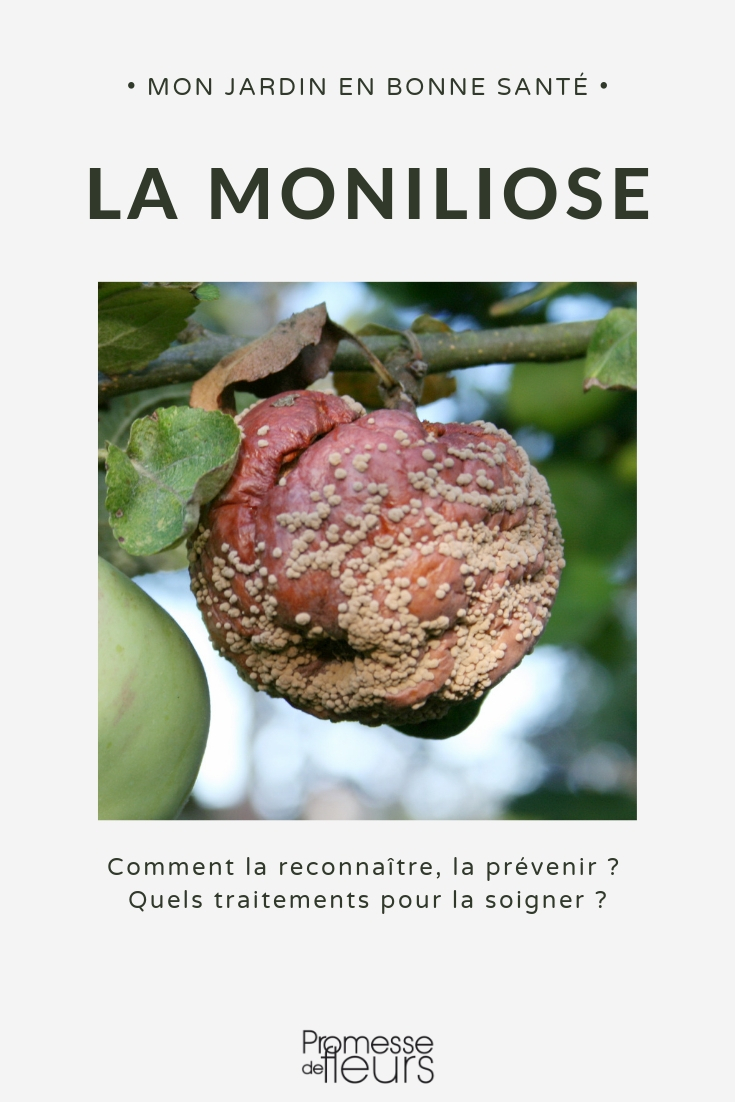
































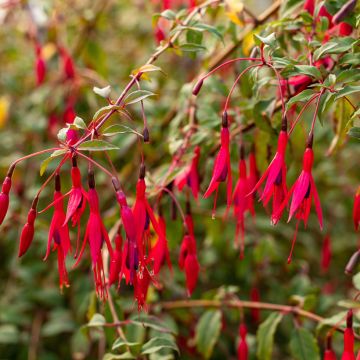
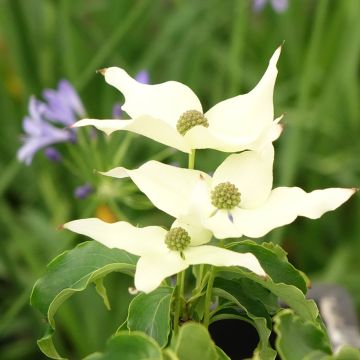
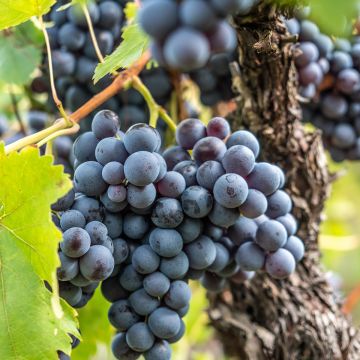

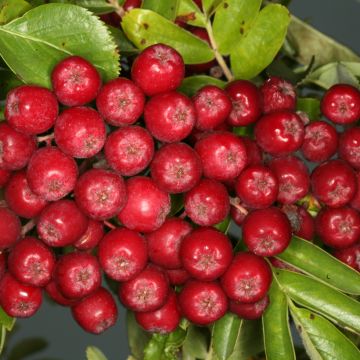
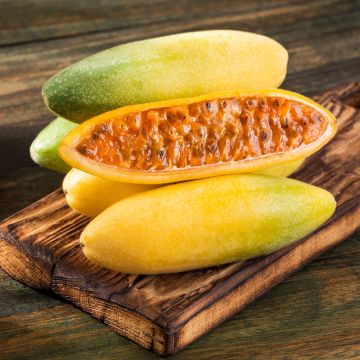

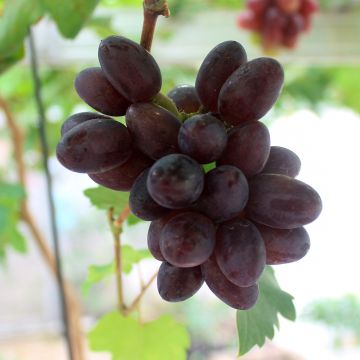
Comments